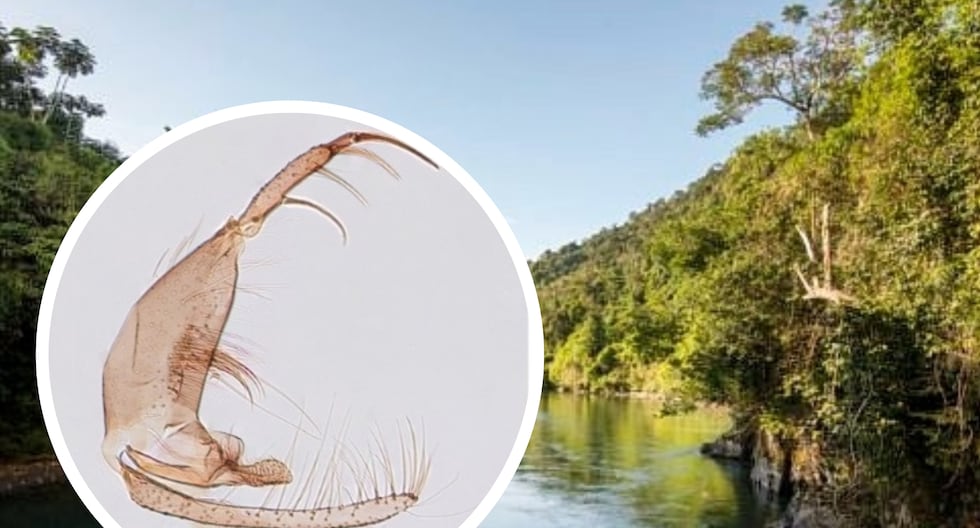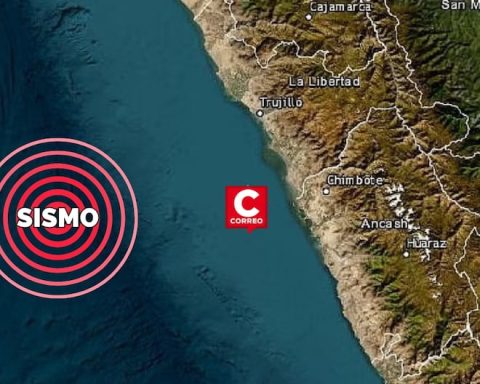Named Trichophoromyia macrisae sp. nov.this new species of sandfly, an insect known to transmit Leishmania, was collected using Katchy UV light traps in forested areas. Its scientific description was based on the detailed analysis of 10 male specimens, in a work led by researcher Sergio Méndez-Cardona.
This discovery adds to the 47 known species of this genus in the Americas, of which 15 are found in Peru. This advance highlights not only the unique biodiversity of the region, but also its relevance for the study of tropical diseases such as Leishmaniasis, as well as for ecosystem conservation initiatives.
“This discovery reminds us how much there is still to explore and protect in the Amazon. Each new species is a key piece to understand and conserve this vital ecosystem for the planet”, said Juliana Morales, Director of the Thomas Lovejoy Climate Change and Biodiversity Laboratory at the Manu Biological Station.
Leishmaniasis is a tropical disease caused by parasites of the genus Leishmania and transmitted by the bite of infected sandflies. This disease can manifest itself in various forms, from skin lesions to more serious infections that affect internal organs. In the Amazon, Leishmaniasis represents a major challenge for public health due to the large number of sandflies that inhabit the region.
This discovery of Trichophoromyia macrisae has significant implications for disease control and prevention. By expanding knowledge about the sandfly species present in the region, researchers will be able to better understand their behaviors and habits, which will facilitate the development of more effective strategies to prevent the transmission of Leishmaniasis. Furthermore, this finding contributes to a deeper understanding of the biodiversity of the disease vectors, which is key for tropical health research.

This discovery not only highlights the amazing biodiversity of the Amazon, but also the importance of continuing to invest in scientific research as a fundamental tool for the conservation and control of tropical diseases.
FACT:
– The discovery, at the Manu Biological Station It was possible thanks to the scholarship program of the International Conservation Fund of Canada (ICFC), in collaboration with Conservación Amazónica, which promotes scientific research in the Amazon Andes.

















